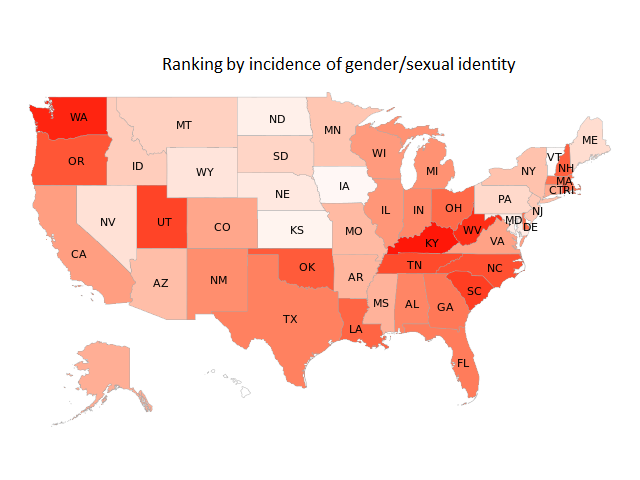Chad Nielsen’s recent post at T&S on updates on the hymn book revision process reminded me that there are a couple of songs that I’m really, really hoping don’t make it into the new Children’s Songbook. The first isn’t even in there now, but from Chad’s post, it sounds like it’s a strong candidate. It’s “If the Savior Stood Beside Me.”
If your ward loves this song like mine and you’ve been in Primary in the past couple of decades, you’re probably familiar with it. Its lyrics begin with its title, and then has the singer ask if they would do various things differently if the Savior stood beside them. “Would I do the things I do?” “Would I think of his commandments and try harder to be true?” “Would I say the things I say?” “Would I try to share the gospel?” “Would I speak more reverently?”

I understand that this might just be because I’m a neurotic Mormon, but the tone of this song strikes me as very much shaming kids and reminding them that they need to stop having so much fun and return to the grim, joyless path that Jesus wants them to be on. And yes, I know there are scriptures and statements by GAs about how the gospel means living joyously, but I think for kids in particular, what they often learn in Primary is that Jesus is most concerned with having them shut up and stop wiggling. So having them sing a song where they question whether they would do this or that or the other thing if Jesus were standing there seems to me to be very much a reminder that having fun is for places other than church, and when we’re at church, we’re quiet and miserable.

